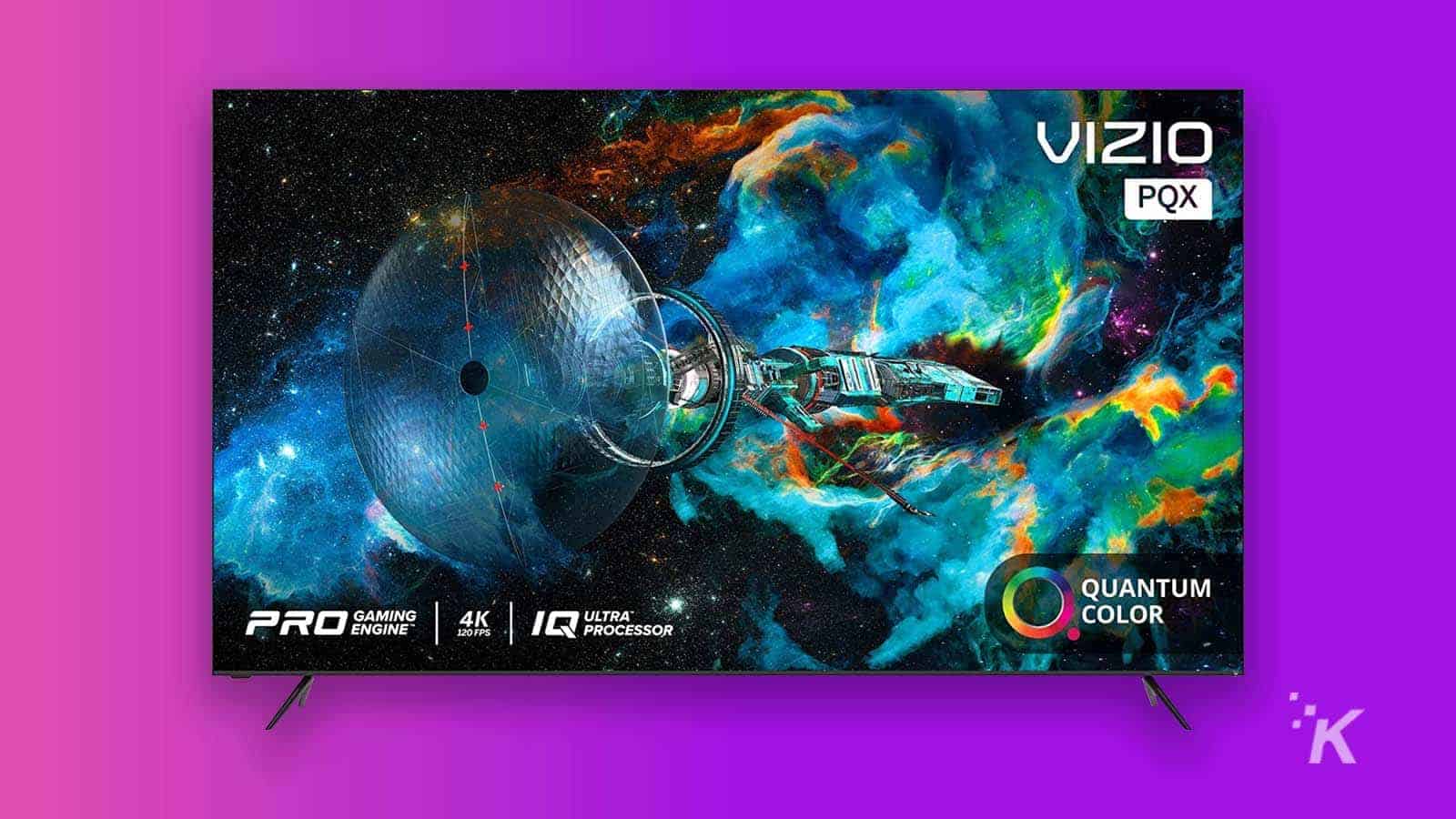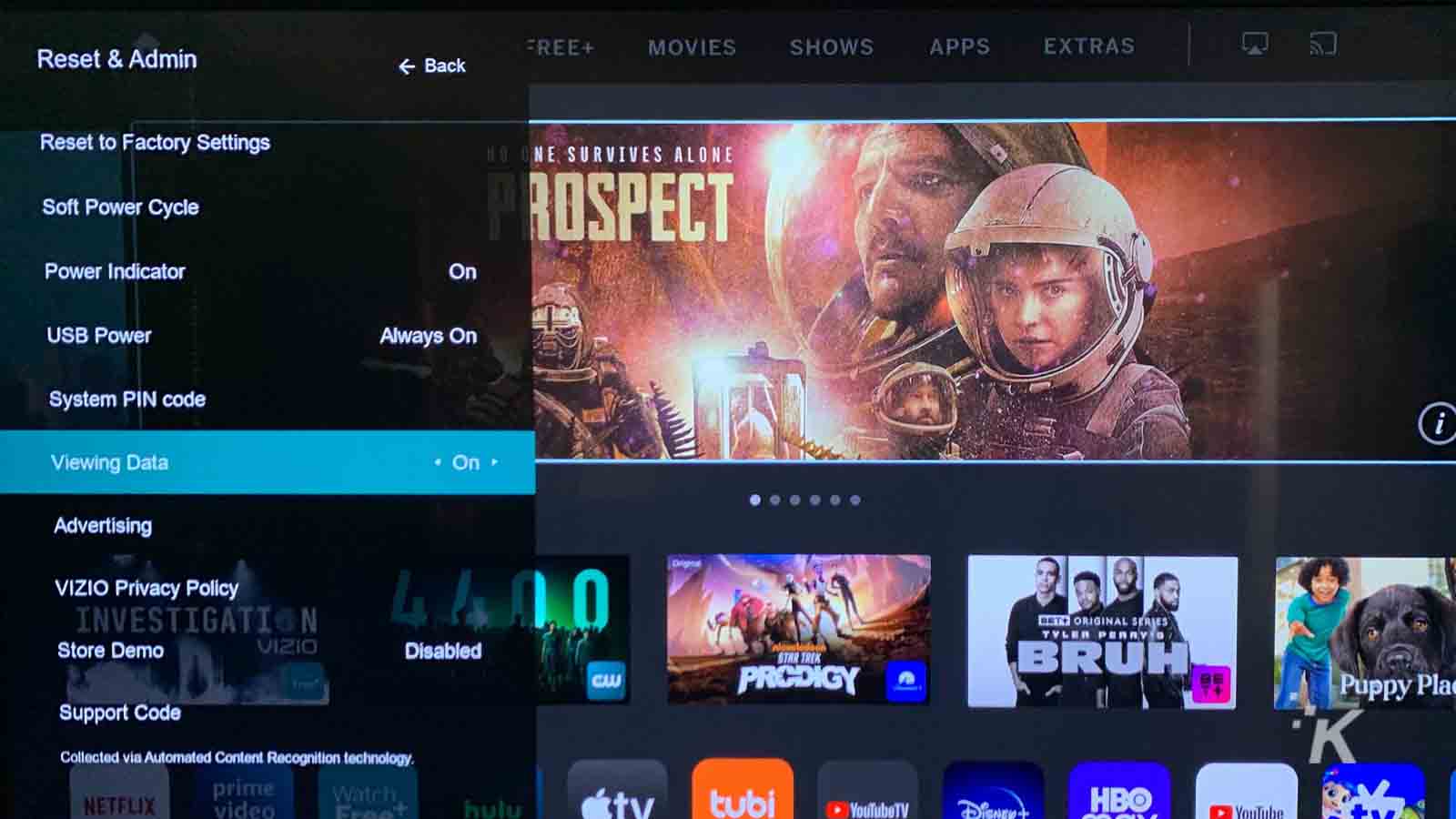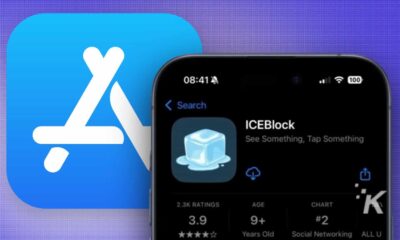News
Vizio is making more money selling your data than it is selling TVs
If you don’t want the company using your data, you have options.

Just a heads up, if you buy something through our links, we may get a small share of the sale. It’s one of the ways we keep the lights on here. Click here for more.
It’s often been said that “if you’re not paying for it, you’re the product,” and it certainly seems that way with a certain low-cost TV manufacturer.
Vizio released its Q3 earnings report last week, and the company made twice the profit off advertising and viewer data than it made off TV sales.
The reason we’ve not really known about this before now is that Vizio was a privately-held company until about a year ago, so wasn’t held to things like public reporting of quarterly earnings. The company has two divisions, Devices, which covers TVs, soundbars, etc, as you’d expect.
READ MORE: Vizio is going all-out on smart TVs and soundbars in 2023
The other division, Platform Plus, is less tangible, selling viewer data through its InScape program, ad placements on its device’s home screens and inside ‘free’ channels, and other things like its cut from subscriptions and deals for the buttons on the remotes.
You didn’t think the Netflix logo just appeared there on its own, right?
READ MORE: Vizio TVs are now showing banner ads on live TV
That division is extremely lucrative for the company, bringing in $57.3 million of gross profit in Q3. In contrast, the Devices division grossed $25.6 million, even with substantially higher revenue.
That ended up with the Devices division losing $18.6 million this quarter, so you can see how important the data brokering division is to Vizio’s overall business strategy and the longevity of the brand.
Thankfully, you can stop Vizio from selling your data – here’s how



READ MORE: Remote learning apps are selling your kids’ data at an alarming rate
Expect this type of data brokering arrangement to continue, especially if Vizio keeps pricing low during the supply constraints we currently live in. Expect more HDMI 2.1 equipped TV sets, with more connected features, and more integrated advertising to keep those TV prices low.
In case you were thinking just low-cost TV manufacturers were doing this, they’re not. So are premium brands like Samsung or LG, with targeted advertising based on the reams of data available on your watching habits and other online activities.
That goes for streaming box manufacturers, like Roku, as well, which makes an average of $40 per user a month. Still think you’re not the product?
READ MORE: How to reset Vizio TV without remote? 2 methods
Have any thoughts on this? Let us know down below in the comments or carry the discussion over to our Twitter or Facebook.
Editors’ Recommendations:
- Samsung Galaxy Buds Pro earbuds are causing some users painful ear infections
- For some reason, you can now watch TikTok videos on Amazon Fire TV
- Apple TV is making its way to Comcast’s X1 cable boxes
- How to turn your iPhone or iPad into an Apple TV remote
































